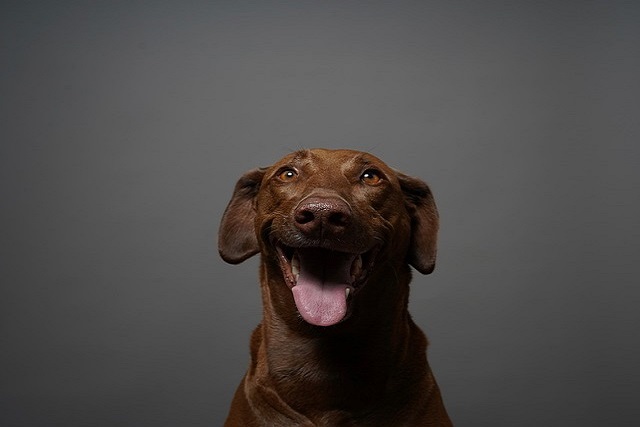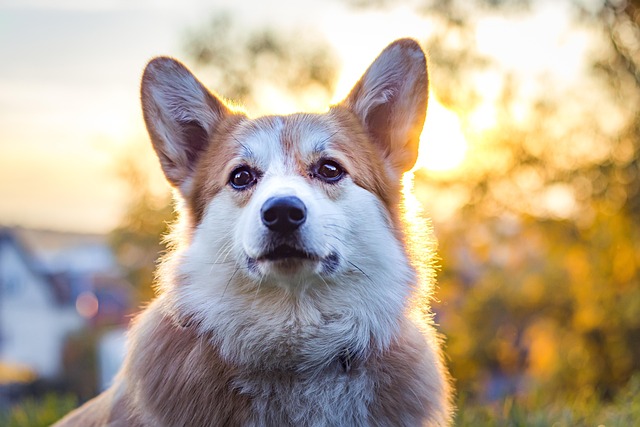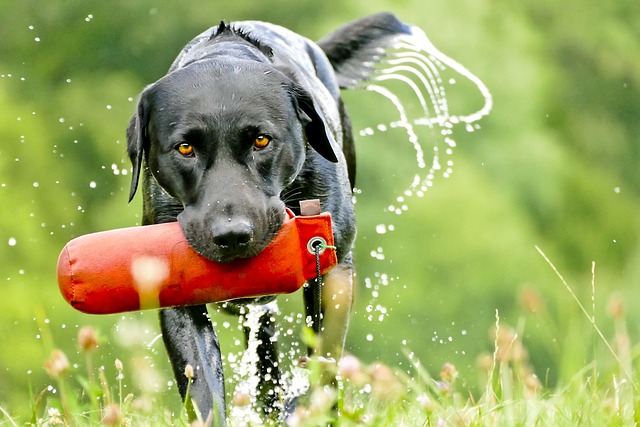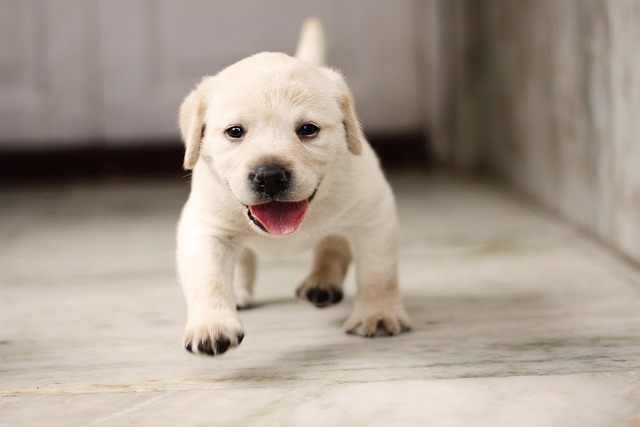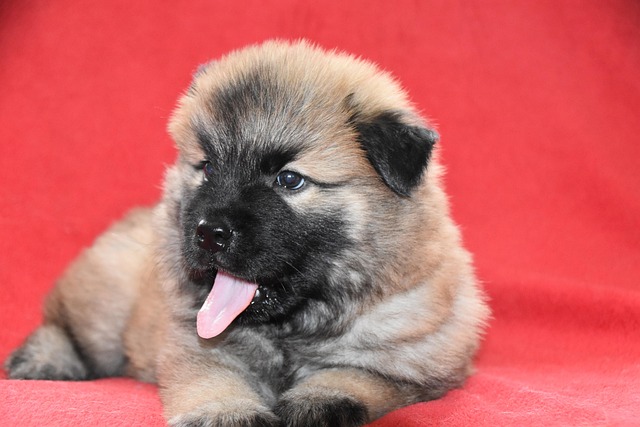When we move our dogs to a new home or take them to an unfamiliar outdoor environment, we often face a difficult problem: how to get the dog to poop smoothly in a new place? This is not only related to the health and comfort of the dog, but also an important responsibility of us as responsible owners. Understanding the dog's defecation behavior, mastering the correct guidance methods, and showing patience and care are the keys to helping dogs adapt to the new environment and poop.
Dogs have an innate habit of defecation. In the wild, they mark their territory with scent, and defecation is an important way of marking. Domestic dogs also retain this instinct, and they tend to defecate in a familiar smell environment. Therefore, when they come to a completely new place, the lack of familiar smells will make them feel uneasy, thus inhibiting their defecation behavior. In addition, dogs are habitual animals, and they are used to solving their physiological needs at a fixed time and place. Once the rules of life are broken, such as changes in the work and rest schedule of the new environment, it will also affect their defecation.
In order for dogs to defecate smoothly in a new place, we must first create a suitable defecation space for them. If you are at home, choose a relatively quiet, well-ventilated place away from the dog's eating and resting areas as a "toilet". You can lay newspapers, urine mats, or use a special dog toilet. These items can absorb urine and retain the smell of feces, which helps dogs recognize the purpose of this area. If you are outdoors, choose a fixed defecation location, such as a corner of the lawn in the community. Take it to this place every time you take your dog out, and gradually let it form a conditioned reflex.
It is also important to establish a regular defecation time. Observe the dog's daily habits and determine that it usually needs to defecate after eating, waking up, and playing for a period of time. Generally speaking, puppies may need to defecate once every 2-3 hours, while adult dogs can extend the interval appropriately. According to this rule, take the dog to the designated defecation location regularly. At the beginning, the dog may not defecate immediately. At this time, we must have enough patience to wait. Generally, waiting for 15-20 minutes is more appropriate. Don't show impatience or punish the dog during the waiting process, because this will make the dog nervous and make it more difficult to defecate.
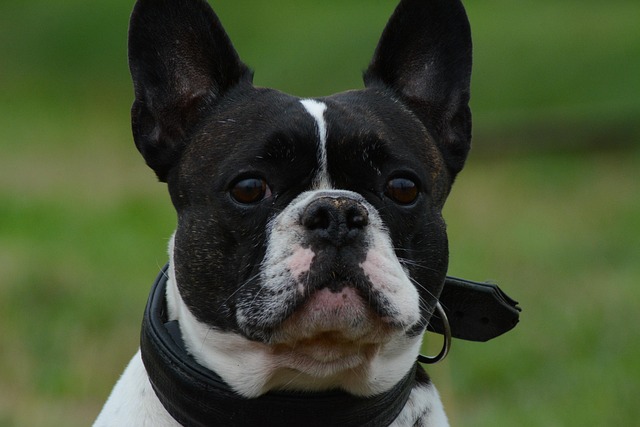 In the process of guiding the dog to defecate, language and rewards are powerful tools. When we take the dog to the designated location, we can say some specific commands to it in a gentle and encouraging tone, such as "poop" and "go to the toilet". The voice should be gentle and consistent, so that the dog will gradually associate these commands with the defecation behavior. Once the dog has completed the defecation in the right place, give it a reward immediately. The reward can be a delicious snack, such as a small piece of chicken jerky, cheese grains, or enthusiastic praise, caressing and hugging. Dogs are very eager to get the recognition of their owners, and this timely reward will reinforce its behavior of defecating in the right place.
In the process of guiding the dog to defecate, language and rewards are powerful tools. When we take the dog to the designated location, we can say some specific commands to it in a gentle and encouraging tone, such as "poop" and "go to the toilet". The voice should be gentle and consistent, so that the dog will gradually associate these commands with the defecation behavior. Once the dog has completed the defecation in the right place, give it a reward immediately. The reward can be a delicious snack, such as a small piece of chicken jerky, cheese grains, or enthusiastic praise, caressing and hugging. Dogs are very eager to get the recognition of their owners, and this timely reward will reinforce its behavior of defecating in the right place.
In addition, letting the dog get familiar with the smell of the new environment will also help defecation. We can place some items that the dog has used, such as old towels, toys, etc. in the dog's defecation area. These items have the dog's own smell and can make it feel at ease. For outdoor defecation, when you first take the dog to the selected location, you can spray some dog feces odorizer around it, but be careful to choose a safe and harmless product for the dog. However, avoid overusing odorizers to avoid covering up the dog's own scent markings.
Sometimes, dogs may defecate in the wrong place. When this happens, never punish the dog. Because the dog cannot understand why we punish it, it will only make it confused and frightened, and may even cause it to have psychological problems, such as defecation disorders or abnormal behavior. We should clean up the feces in time and use special pet deodorizers to completely remove the smell to prevent the dog from being attracted to the wrong place by the smell again. Then, patiently guide the dog to the correct defecation place again.
In the whole process of guiding the dog to defecate in a new place, we need to pay a lot of patience and care. It takes time for dogs to adapt to a new environment, especially some dogs with more sensitive personalities. We must understand their uneasiness and give them enough time to adjust. When dogs encounter difficulties or show anxiety, our comfort and companionship can make them feel safe. For example, while waiting for the dog to defecate, we can sit quietly beside it and gently stroke it to relax it.
It is not a one-time thing to let the dog defecate smoothly in a new place. We need to have a deep understanding of the dog's habits, use scientific methods to guide it, and give the dog enough patience and love. When we successfully help dogs adapt to the defecation habits of the new environment, it will not only make the dog healthier and happier, but also make our life with the dog more harmonious and beautiful. Every successful guidance strengthens the emotional bond between us and our dogs, allowing us to become better companions in their growth journey.
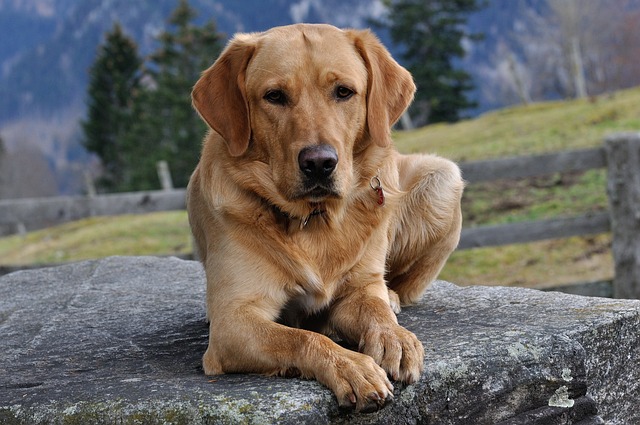
 In the process of guiding the dog to defecate, language and rewards are powerful tools. When we take the dog to the designated location, we can say some specific commands to it in a gentle and encouraging tone, such as "poop" and "go to the toilet". The voice should be gentle and consistent, so that the dog will gradually associate these commands with the defecation behavior. Once the dog has completed the defecation in the right place, give it a reward immediately. The reward can be a delicious snack, such as a small piece of chicken jerky, cheese grains, or enthusiastic praise, caressing and hugging. Dogs are very eager to get the recognition of their owners, and this timely reward will reinforce its behavior of defecating in the right place.
In the process of guiding the dog to defecate, language and rewards are powerful tools. When we take the dog to the designated location, we can say some specific commands to it in a gentle and encouraging tone, such as "poop" and "go to the toilet". The voice should be gentle and consistent, so that the dog will gradually associate these commands with the defecation behavior. Once the dog has completed the defecation in the right place, give it a reward immediately. The reward can be a delicious snack, such as a small piece of chicken jerky, cheese grains, or enthusiastic praise, caressing and hugging. Dogs are very eager to get the recognition of their owners, and this timely reward will reinforce its behavior of defecating in the right place. 